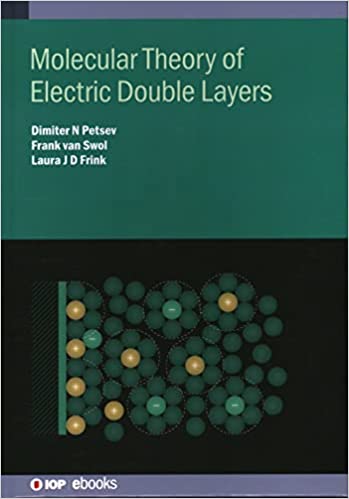
English | 2021 | ISBN: 0750322748, 978-0750322744 | 323 pages | True PDF | 35.05 MB
The electrical double layer describes charge and potential distributions that form at the interface between electrolyte solutions and the surface of an object. They occur in a wide range of physical and chemical systems, where they play a fundamental role in their chemical and electrochemical behaviour. Colloid science, electrochemistry, material science, and biology are a few examples where such interfaces play a crucial role. Though first described over a hundred years ago, the study of the electrical double layer remains an important topic today. Parallel to this investigation is the rapid development of the liquid state theory, which relates molecular interactions to macroscopic thermodynamic properties.
The focus of this book is on the application of modern liquid state theories to the properties of electric double layers, where it demonstrates the ability of statistical mechanical approaches, such as the classical density functional theory, to provide insights and details that will enable a better and more quantitative understanding of electric double layers. It provides a systematic description of electrical double layer models and their applications, extending the coverage of continuum models found in other introductory texts, with molecular models and the effects of solvents. The book will be essential reading for advanced students and researchers in interfacial science and its applications; be they chemists, physicists, materials scientists or engineers.
Key Features
Includes both continuum and molecular modelsRelies on modern statistical mechanical approachesSuitable for chemists, physicists, material scientists and engineersOffers a new outlook for fundamental and applied researchers on the basic physics and chemistry of charged interfaces involving electrolytesHelps to advance further research fields as colloid science, electrochemistry, material science, and physical chemistry of electrolytes.



